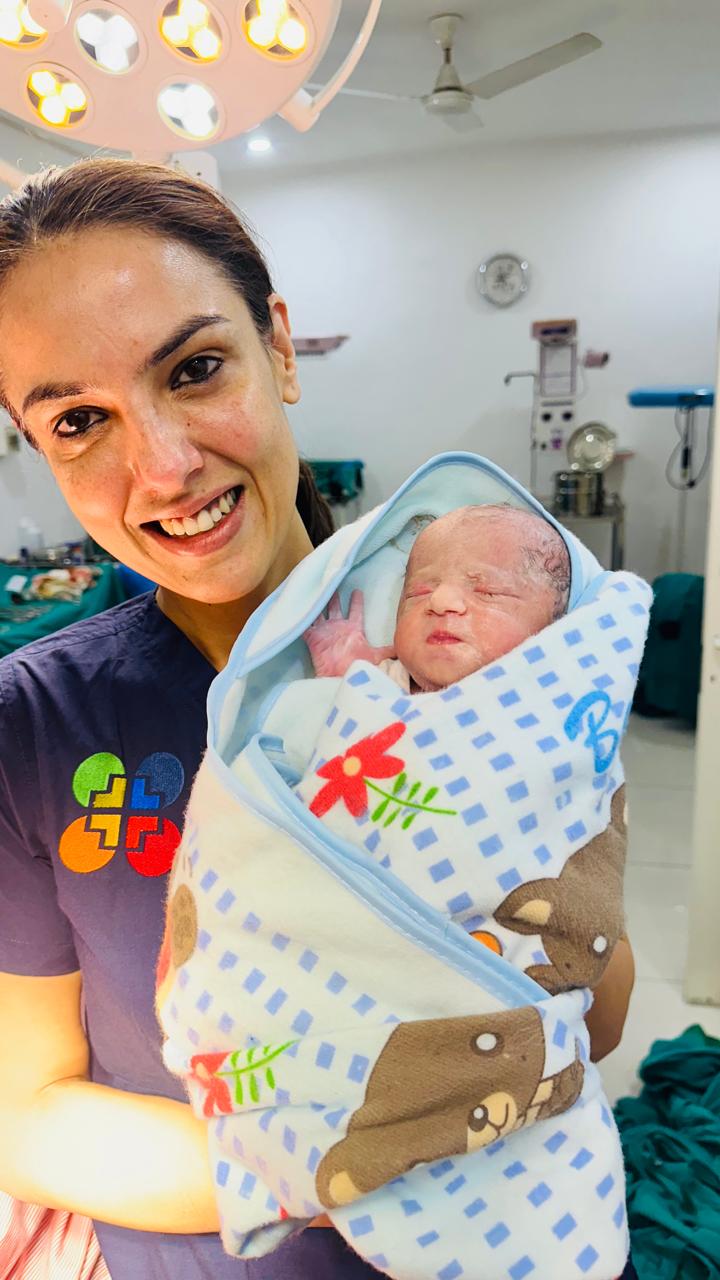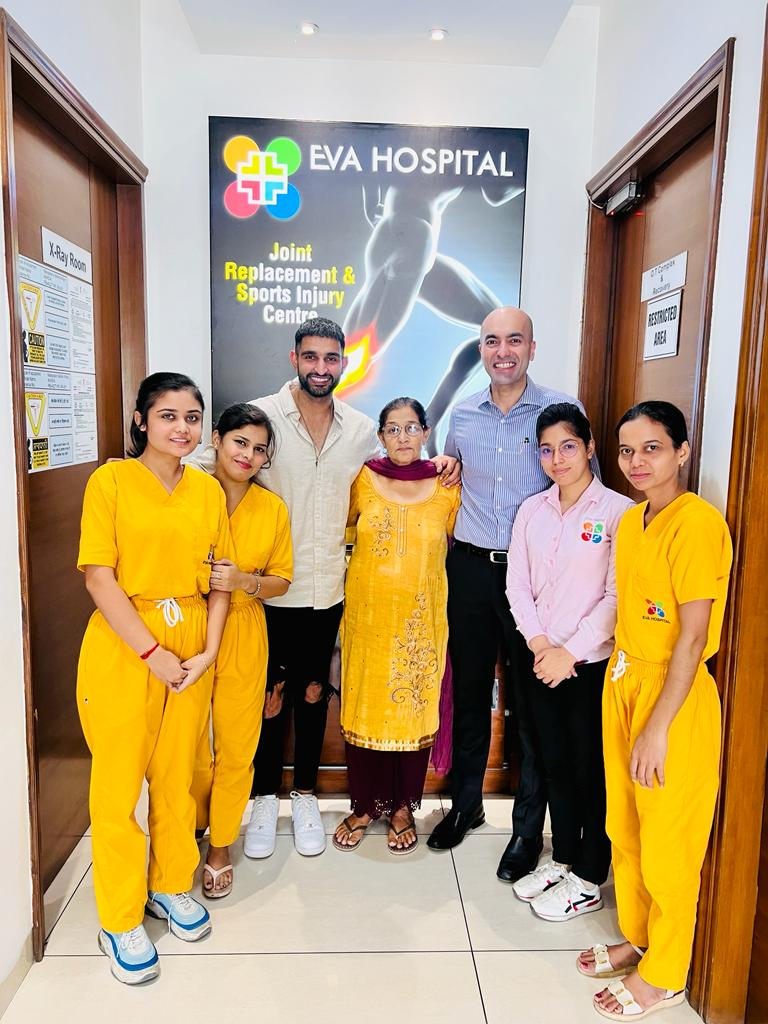[vc_row el_class=”cstm_container”][vc_column][vc_column_text]When you are at the stage of starting the IVF process for infertility, you are full of excitement as well as anxiety. You might have tried other infertility treatments that didn’t work.
Or, it could be the first option in your case. Whatever the case, understanding the steps and stages will put you at ease and more in control.
What is IVF
IVF or In-vitro Fertilization is an Assisted Reproduction Technique(ART) that helps the female to conceive.
Eggs and sperms are collected from the female and male respectively and fertilized outside the body. The resulting embryos are then implanted into the woman’s uterus.
It is a highly advanced medical practice, performed by infertility specialists. Dr. Shivani Bhutani is a leading fertility specialist at Eva IVF Centre, with a high success rate. She says, “IVF is a boon for childless couples to embrace the joy of parenthood.”
In- Vitro-Fertilization is usually the option when sperms fail to fertilize the eggs naturally.
It could be a problem with the eggs, ovulation, uterus environment, sperm, or other inexplicable reasons. Both the male and female gamete used in this process may be from donors.
We will look at the stepwise procedure, its cost & health insurance options.
There are five main stages of IVF:
- Ovarian stimulation
- Egg retrieval
- Sperm retrieval
- Fertilization
- Embryo transfer
Stimulating the Ovaries
The first stage of IVF involves egg production by the ovaries. As we know, human ovaries release one mature egg every month into the fallopian tubes. This function is called ovulation.
The egg then travels down into the uterus according to the menstrual cycle. However, for in-vitro fertilization, we require many oocytes to make sure that at least 2-8 of them get fertilized.
For this, injectable fertility medications are given to the female that triggers the ovaries to release multiple mature eggs.
This is called Ovarian Stimulation. During the entire process, your doctor monitors the growth of follicles via ultrasound scans.
This step takes 8 to 12 days. Semen analysis, uterus evaluation, and ovary suppression are performed prior to this.
Collecting the Eggs
The second stage of the IVF commences 36 hours after the last injection of ovary stimulation. It is the Egg Retrieval.
The process is conducted under sedation. Not general anesthesia, but just to induce sleep & make it pain-free.
The process lasts 15-20 minutes & requires a high level of expertise. a proficient team of doctors and technicians at Eva Infertility expertly extracts healthy eggs required for fertilization.
The retrieved cells are then transferred to the embryology lab for fertilization.
Collecting the Sperm
This IVF stage is concurrent with the egg retrieval step. Preferably on the same day, your partner will visit the doctor’s clinic and provide a semen sample.
If you are not utilizing your partner’s sperm, then a sample is procured from a sperm donor.
From the semen fluid sample, sperms are extracted and used to fertilize the eggs in the next stage, which happens within a few hours.
Fertilizing the Eggs
At the fourth stage of IVF, the male and female gametes procured from the couple reach the lab. Healthy and mature eggs are segregated and kept safely in a culture medium.
The temperature and the constituency of the medium are created to duplicate that of a human uterus.
Within a few hours, eggs are combined with sperm. Two types of methods are used for this.
First is the natural or the conventional way, in which the petri dish is left alone to fertilize. For certain couples, the second method of artificial insemination(ICSI) is adopted.
in the ICSI method, sperm cells are injected directly into the protoplasm of the egg cells for fertilization.
Transferring the Embryos
The next stage of the IVF treatment for conception is the transfer of embryos. It takes place between 3 to 6 days after fertilization.
The embryologists examine the embryos(fertilized eggs) through a microscope and identify the healthiest ones.
Genetic screening may also be performed to choose the best chromosomal quality of embryos.
Thereafter, the doctors and the couple discuss to decide how many embryos should be implanted. Usually, 2 to 3 embryos are implanted.
A pregnancy test confirms a successful conception!
At this stage, freezing healthy embryos is also an option that one can avail of. The frozen specimen can be useful for planning a pregnancy at a later time.
[/vc_column_text][/vc_column][/vc_row]


















